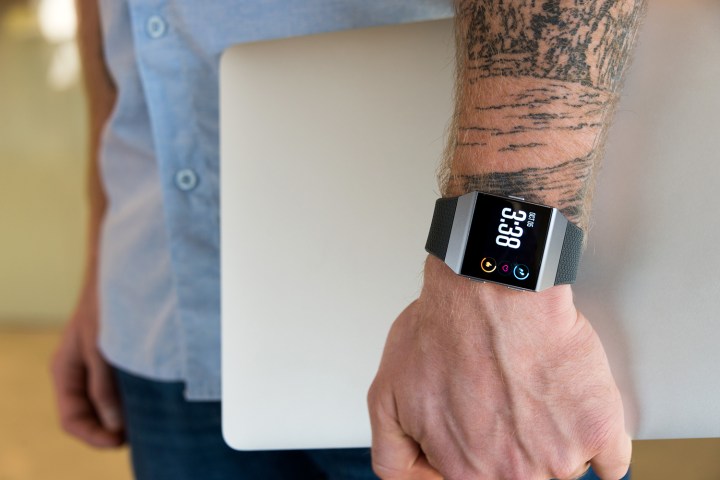
What are smart wearables? Well, IDC defines them as devices that can run third-party apps, while devices that can’t are defined as “basic wearables.”
“The differing trajectories for both smart and basic wearables underscore the ongoing evolution for the wearables market,” said Ramon T. Llamas, research manager for IDC’s Wearables team, in a blog post.
The wearable market in general has had a bit of a bumpy ride over the past few years. — leading us to question whether the market can survive at all. When the market first emerged with devices like the Pebble and eventually the original Apple Watch, many hailed wearables as the next big wave of tech that was poised to eventually take over the smartphone as our main way of connecting with the digital world. These days, wearables are seen more as an extension of the smartphone, and while some wearables, like the new Apple Watch, are getting LTE connectivity, they’re still not really billed as stand-alone devices.
Still, the new figures are promising for wearables in general. Fitbit and Xiaomi both had excellent years, and both ended in a statistical tie for first place in the wearables market. That’s actually bad news for Fitbit, which posted a decline in shipments, despite launching its first smartwatch — the Fitbit Ionic. Fitbit and Xiaomi ended with 13.7 percent of the wearable market each.
Apple, on the other hand, did see some growth — thanks in large part to the launch of the Apple Watch Series 3, which boasts LTE connectivity. Apple comes in with 10.3 percent of the wearable market.
Perhaps most interesting is Huawei, which is fourth on the list. The company posted massive 156.4 percent year-over-year growth, thanks to its slew of new fitness bands and its new smart hearables, the Sport Pulse Earphones, which both play audio and track heart rate. Most of Huawei’s wearables shipments took place in China, but we’ll very possibly see Huawei move beyond China and into other markets in the near future.



